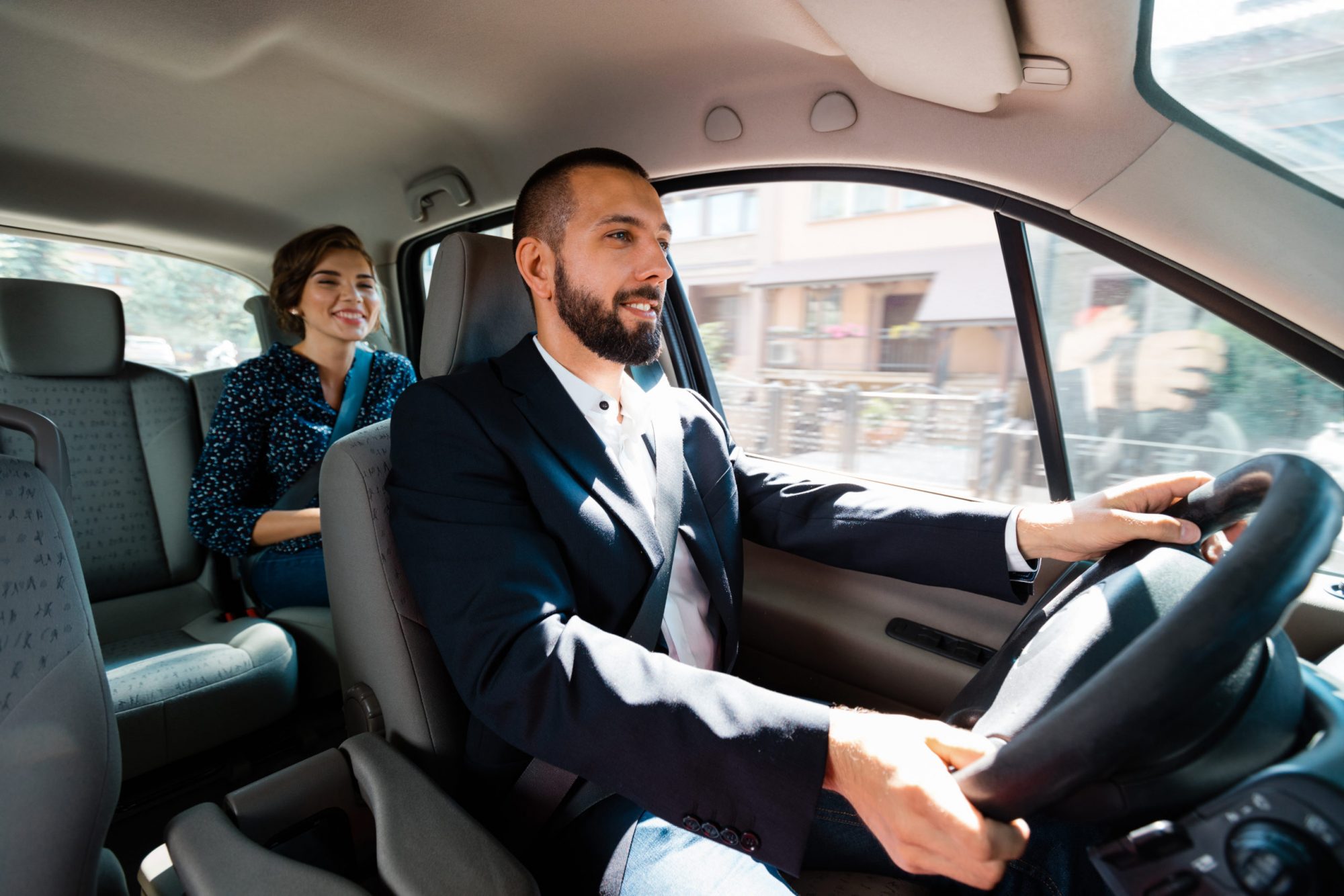
Do you drive for a ride-share company like Uber or Lyft, or are you thinking about becoming a driver to make extra cash? If so, it’s important to know that a personal auto policy does not fully cover you when you provide rideshare services.
As soon as you turn on the Uber or Lyft app, your personal auto policy has exclusions that kick in, creating a gap in insurance coverage. These exclusions limit what your personal auto policy covers if you are in an accident while providing rideshare services. If you drive for Uber or Lyft using a vehicle covered under a commercial auto policy, there may be similar exclusions.
While it is true that Uber and Lyft offer some auto insurance coverage, the coverage these ride-sharing companies offer has significant limitations related to 1) Timing and 2) Amount of Coverage. The coverage varies over 4 distinct phases:
Phase 0: App Turned Off
Phase 1: App Turned On – Waiting to Accept Ride Request
Phase 2: Ride Request Requested Accepted – On Your Way to Pick Up Passenger
Phase 3: Passenger in Car
During Phase 0, your personal auto policy provides full coverage.
During Phase 1, Uber and Lyft provide contingent liability when the app is turned on and waiting to accept a ride. This means their liability responds in the event that your personal insurance doesn’t. However, be aware that Uber and Lyft provide limited liability coverage, providing only $50,000 bodily injury per person, $100,000 bodily injury maximum limit per accident and $25,000 property damage.
It is most likely that your Personal Auto Policy provides no coverage or limited coverage during Phase 1. So if you are driving around while waiting to accept a ride, you have a gap in coverage. What does this mean? It means that you may be liable for some liability damages and have no coverage to repair your own vehicle.
In Phase 1, the $25,000 limit on property damage provided by Uber or Lyft may not cover the full cost to repair damages that you have caused. In a situation where you find yourself liable for damages or injuries to someone else that exceed the coverage provided by Uber or Lyft in Phase 1, a judgment can be taken against you, which means your savings and assets can be taken to cover your financial responsibilities.
Also, did you know that if your own car is damaged and you have a car loan, the lender can require you to make the repairs or call the loan due which means you will be required to pay off the loan, even if your car is totaled.
During Phase 2 and Phase 3, the ride share company provides primary liability insurance, from the time a driver accepts a ride request until the ride has ended in the app.
Uber and Lyft provide $1,000,000 of coverage per accident and also provide contingent collision and comprehensive coverage. This covers physical damage to your vehicle resulting from an accident as long as you have also obtained collision and comprehensive coverage on our personal automobile policy.
What can you do to make sure you are adequately covered when you are driving for Uber or Lyft? First, find out the exclusions for your personal auto policy for each of the 3 coverage phases. Second, understand the limitations in coverage provided by Uber and Lyft during Phases 2 and 3. Third, plan to add gap insurance coverage so that you are adequately covered during the 3 distinct phases. Also, keep in mind that if you provide ride-sharing or delivery services but do not disclose this to your insurance company, your personal auto insurance policy is at risk of being cancelled.
Have you delivered for Uber Eats, GrubHub, DoorDash or even pizza delivery? Keep in mind that coverage exclusions also apply to delivery services. Personal auto insurance policies almost always state they will not cover a driver who is transporting people or belongings for money. Why? Because your car is no longer being used for personal use.
Another thing to keep in mind is that exclusions under your personal auto policy will apply if you provide rideshare services or delivery services by your own private arrangement.
The best thing to do is to explain to your insurance agent what you are doing, so that you are covered correctly. The good news is that as rideshare services have expanded, there are now a variety of affordable insurance products and endorsements available to eliminate coverage gaps. An independent insurance agent at AIS Insurance Group, Inc. can help you make sure you have the coverage you need. Contact us today at info@aisinsurance.net.
Sources:
Grange Insurance: Drive for Uber or Lyft – Mind Your Insurance Gap
Insurance for Ride Share Drivers with Uber
